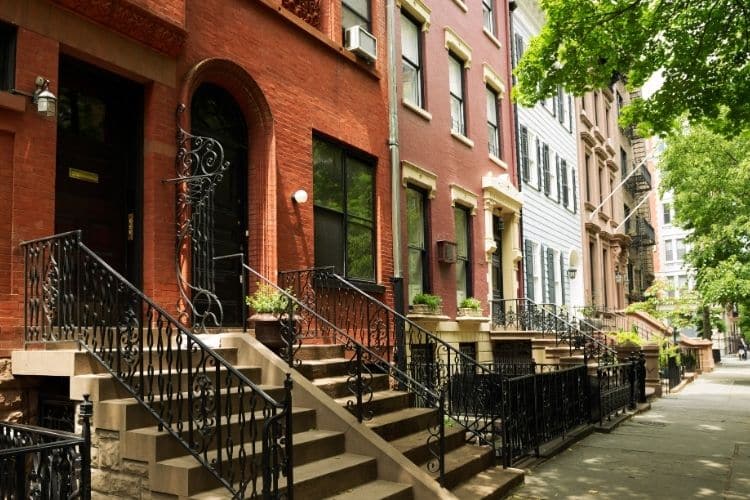Managing mold growth is often associated with indoor environments, but outdoor mold prevention is equally important, particularly in residential settings. Effective landscaping can play a crucial role in preventing mold growth around a property. This article explores how thoughtful landscaping and garden maintenance can be instrumental in mold prevention, discussing key strategies like proper drainage, plant selection, and the use of outdoor materials.
Understanding Mold Growth Outdoors
Mold thrives in moist, shaded areas, and the outdoor environment around a home can provide ideal conditions for mold if not properly managed. By understanding the factors that contribute to outdoor mold growth, homeowners can implement landscaping strategies to mitigate these risks.

Landscaping Strategies for Mold Prevention
- Proper Drainage Solutions:
- Ensuring good drainage is fundamental in preventing mold growth. Water should be directed away from the home’s foundation to prevent accumulation and seepage.
- Installing French drains, gutter systems, and slope grading are effective ways to manage water runoff.
- Strategic Plant Selection and Placement:
- Choose plants that do not retain too much moisture. Certain plants and trees are less likely to create damp environments conducive to mold.
- Be mindful of plant placement. Ensure that landscaping does not trap moisture against the home or in certain areas of the yard.
Table: Landscaping Elements for Mold Prevention
| Element | Strategy | Impact |
|---|---|---|
| Drainage Systems | Implementing systems to efficiently direct water away from the house. | Reduces moisture accumulation near the foundation. |
| Plant Selection | Choosing plants that do not encourage dampness. | Minimizes mold-friendly environments in the garden. |
| Moisture-Resistant Materials | Using materials like gravel or synthetic mulch that don’t retain moisture. | Prevents mold growth in landscaping beds. |
| Regular Maintenance | Trimming and pruning plants to improve air circulation. | Reduces moisture retention and mold risk. |
| Sunlight Exposure | Designing garden layout to maximize sunlight exposure. | Deters mold growth by reducing damp, shaded areas. |
- Use of Moisture-Resistant Materials:
- In garden beds and landscaping features, opt for materials like gravel or synthetic mulch, which are less likely to retain moisture compared to organic mulch.
- Consider the use of mold-resistant paints and coatings on outdoor structures.
- Regular Garden Maintenance:
- Regularly trim and prune plants to improve air circulation, reducing moisture retention.
- Keep the garden free of debris, such as fallen leaves, which can trap moisture and encourage mold growth.
- Maximizing Sunlight Exposure:
- Design your garden layout to maximize exposure to sunlight. Mold prefers shaded areas, so increasing sunlight can naturally help to keep mold at bay.
- Position trees and taller shrubs strategically to ensure they do not cast excessive shade on the house or damp areas.
Conclusion
Landscaping, when done thoughtfully, can be a powerful tool in preventing outdoor mold growth. By incorporating proper drainage, careful plant selection, moisture-resistant materials, regular maintenance, and maximizing sunlight exposure, homeowners can significantly reduce the risk of mold growth around their property. Not only does this approach foster a healthier outdoor environment, but it also protects the structural integrity of the home and enhances the overall aesthetic appeal of the property.




